Role of India in the Regional Peace Process
Fri, 28 Jan 2022 | Reading Time: 4 minutes
Peace is as vital to a country as oxygen is to its people. For some, it is the highest value. Humanity has always valued it highly. Rather, it is much more than “Absence of Conflict”. This fertile soil provides many other key nutrients which help individuals to flourish, including Economy, Harmony, Society, Opportunities, and so on.
Nearly 21% of the Earth’s population (1.94 billion people) resides in South Asia, a group of eight countries comprising Afghanistan, Pakistan, India, Bhutan, Nepal, Bangladesh, Sri Lanka, and the Maldives. In the south, the Indian Plate and the Indian Ocean define the region geographically, and in the north, the Himalayas and Pamir define it ethnically. The PPP economy is $13 trillion and the nominal economy is $3.34 trillion, so its growth potential is manifold. Among all the countries of the region, India is the largest, both by population and by power. Because of various underlying problems and conflicts, this region is considered one of the least integrated into the world but still has a few multilateral platforms, such as SAARC.
In SAARC, cooperation takes place in fields including Human Resource Development, Tourism, Agriculture and Rural Development, Environment, Trade and Finance, Social Affairs, Information, Science and Technology, Education, and Security, among others.
The elephant in the room is India, which carries both opportunities and responsibilities. In terms of GDP, India accounts for almost 80% of the regional economy, and its population is approximately 73%. There is no way for India to apply the same strategy to all 7 countries in the region.
Globally, small countries are concerned about being overshadowed by their regional counterparts if they allow broader integration. In order to achieve this, India must offer mutually beneficial schemes and earn the trust of foreign countries in the areas of cooperation and development. This can be achieved by offering these countries economic packages, assistance, and loans (including soft loans and lines of credit), which will boost connectivity and subsequently integration.
These nations can develop more rapidly through it. It has many reasons, and Pakistan’s fear of being a country without a history, obsession with Kashmir, continuous use of terrorism as a state policy since 1989, and last but not least, the establishment’s own fanatical use and promotion of radicalization are some that deserve mention. There have been 4 full-fledged wars between Pakistan and India since independence. Pakistan has always been the aggressor in these four wars, as well as the loser. The Pakistani government realized in 1989 that it could not defeat India in direct wars, so it began sending terrorists into Kashmir and later into all parts of India with policies such as “Bleed India with Thousand Cuts”.
Consequently, Pakistan and its hostile policies towards India are mainly responsible for the lack of integration and instability in the region. The reason why there haven’t been any SAARC summits in the last 8 years (the last one in Kathmandu was in 2014) is precisely Pakistan’s irresponsible behavior in using terrorism as a state policy against India, which resulted in the dreadful attacks of Uri (2016) and Pulwama (2019) in India. India should respond to Pakistan in a tri-pronged manner.
First, search, expose and eliminate all terrorists that pose a threat to India and the region, wherever they may be, and any country has the right to do so. Secondly, India should use diplomatic means to isolate Islamabad internationally by exposing its dirty games. This will enable it will enable it to pressure the country into taking action against terror funding and terrorist organizations in the country. Various multilateral platforms, such as the UN, FATF, etc., are available to India for this purpose.
Lastly, resolve bilateral roadblocks through ongoing, constructive negotiations as soon as possible. As an example, the Indo-Pak Permanent Indus Commission already exists. The Pakistani government will have to learn sooner or later that bilateral talks and negotiations are not a substitute for resolving problems between two countries. In order for the two countries to live in peace and harmony, there must be a reciprocal understanding.
From the Indus Valley Civilization to Alexander and the Mughals to the Sikhs and finally, to modern-day India and Afghanistan, Afghan-Indian relations date back as far as either country’s history. Until the arrival of Islam in the 7th century, Afghan culture was heavily influenced by Hindu, Buddhist, and Zoroastrian influences. Despite the majority of Muslims in Afghanistan, non-Muslims and Muslims live side by side in peace. Taliban, a Sunni Islamic fundamentalist political and military group located in Afghanistan, took over and completely changed the situation. Not just non-Muslims but also Muslims have fled Afghanistan since the Taliban took over Kabul on 15 August 2021. Since the 1970s, India has been a major driver of development in Afghanistan.
Pakistan however continues to play dirty games and impede even the supply of basic necessities like wheat. India should use its Chabahar port in Iran if it does not have direct land access through Pakistan. Iran has already offered its support to India, so India will need to proceed through diplomatic channels to get an exemption from the USA for the assistance project. The Taliban, also known as the “Islamic Emirate of Afghanistan”, has approached India for help and expresses appreciation for the last shipment of vaccines India exported to Afghanistan free of charge using the same cargo aircraft that brought refugees to India.
Other countries, including Afghanistan and Pakistan, also require special attention in certain areas. Whether small or big, no nation can survive in isolation in this globalized world. There are responsibilities and benefits that come with being the driving force of South Asia. Higher integration and a faster resolution of the current points of contention are the only solutions for the betterment of the region and its people. The 21st century belongs to India and South Asia as a whole. Now it is up to the South Asians to decide what they want, whether to fight or not.
Disclaimer
The opinions expressed in this article are the author’s own and do not reflect the views of Chanakya Forum. All information provided in this article including timeliness, completeness, accuracy, suitability or validity of information referenced therein, is the sole responsibility of the author. www.chanakyaforum.com does not assume any responsibility for the same.
Chanakya Forum is now on . Click here to join our channel (@ChanakyaForum) and stay updated with the latest headlines and articles.
Important
We work round the clock to bring you the finest articles and updates from around the world. There is a team that works tirelessly to ensure that you have a seamless reading experience. But all this costs money. Please support us so that we keep doing what we do best. Happy Reading
Support Us




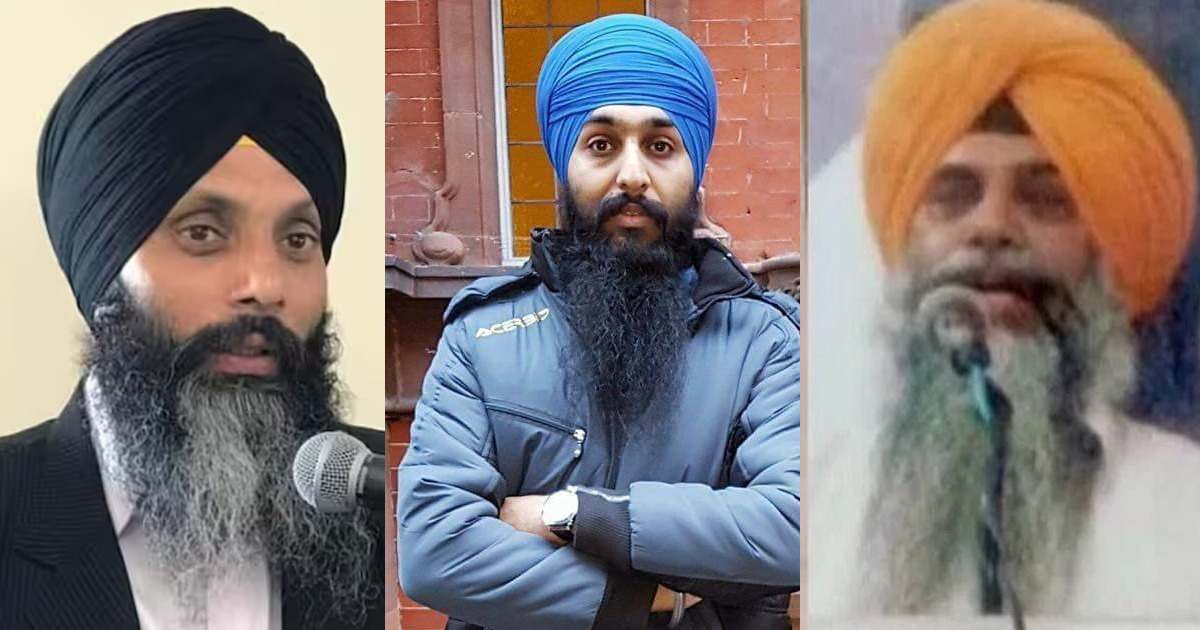
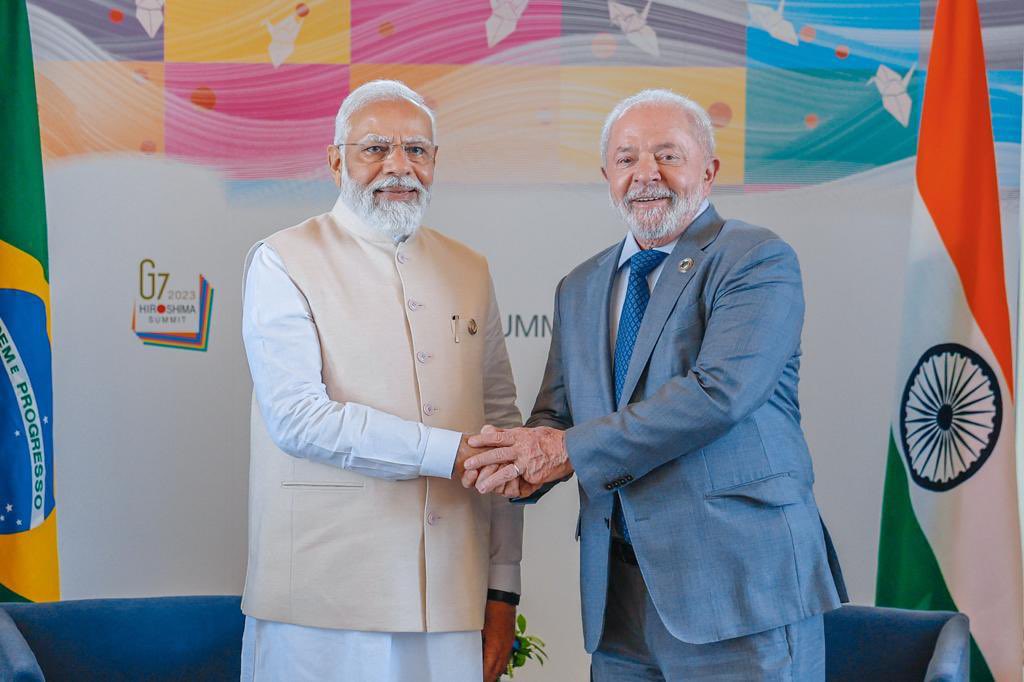

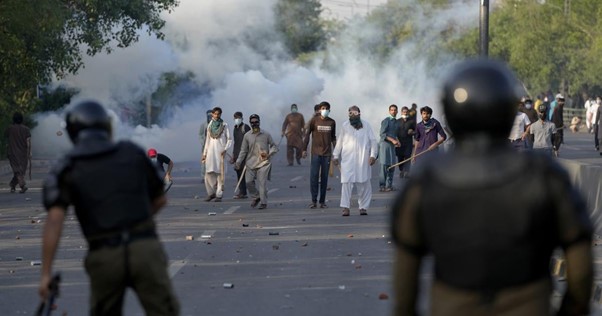

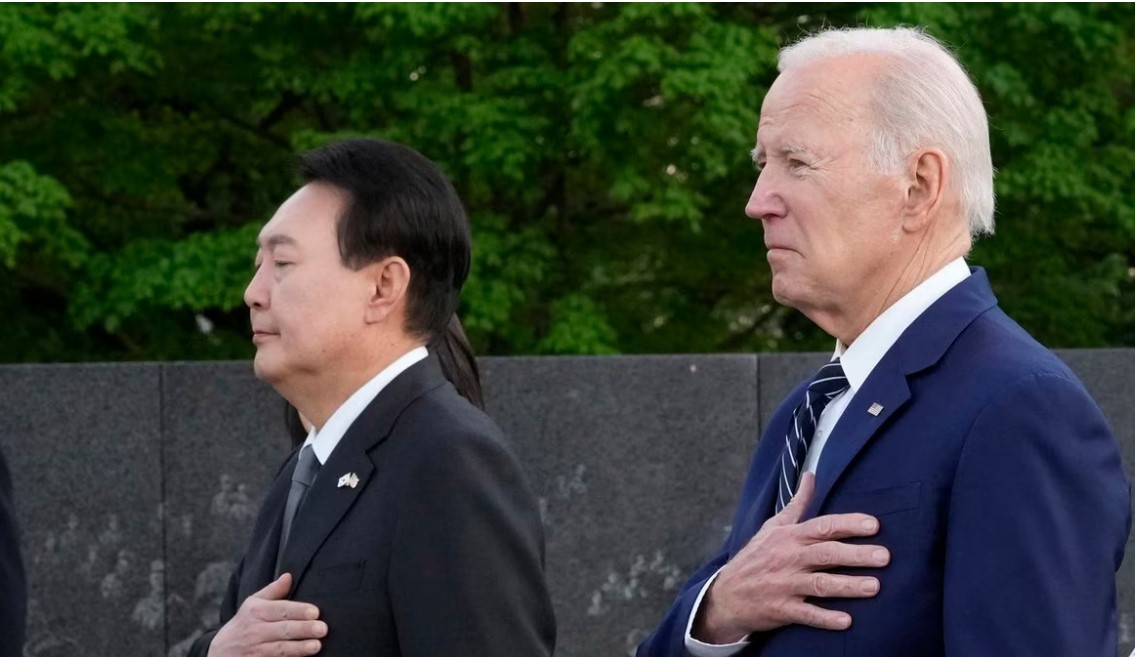

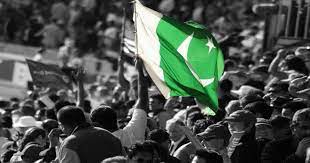
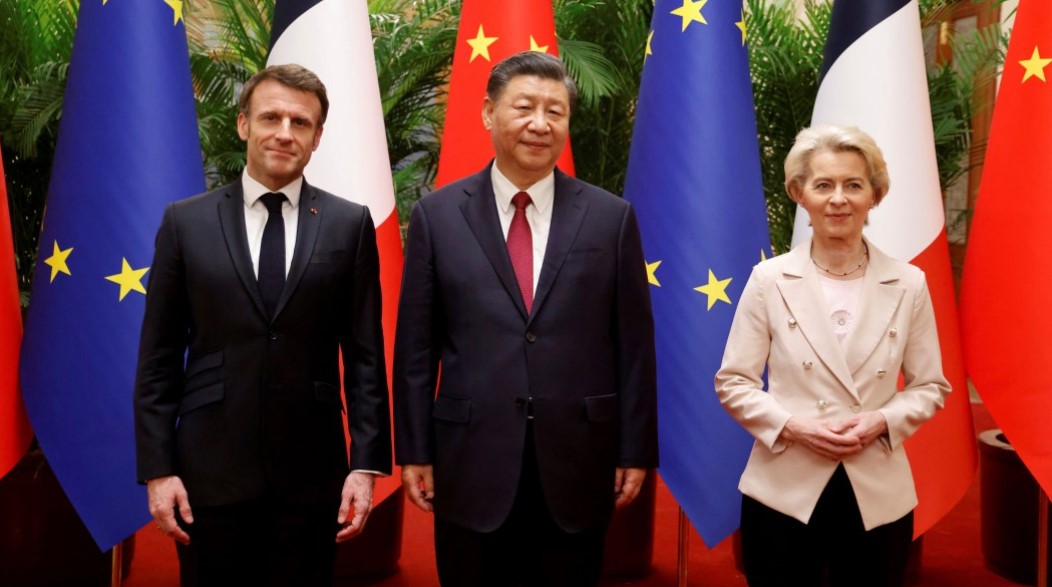
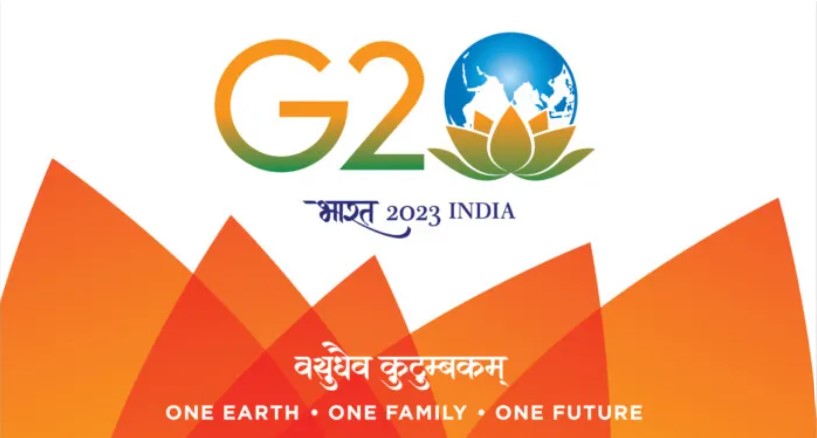






POST COMMENTS (1)
Nitin